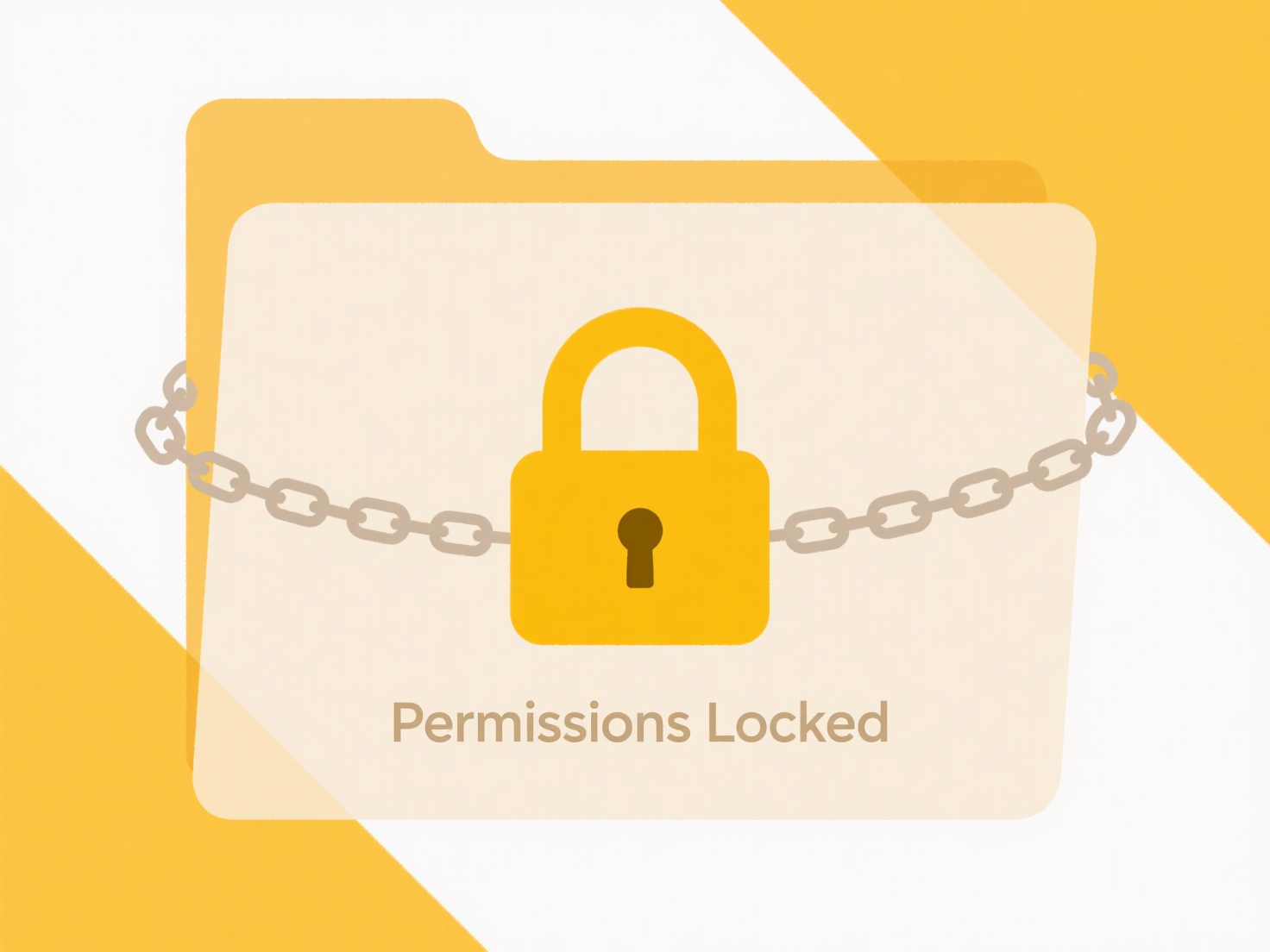
Duplicate handling refers to managing redundant copies of the same file during the restoration of a backup. It occurs when newer versions of files exist in the original backup location alongside the restored versions from the backup archive. Backup software addresses this using predefined rules: typically overwriting existing files, skipping duplicates entirely, or preserving both by renaming the restored copy (e.g., adding timestamps like 'filename_RESTORED_20240501.txt').

This process is crucial for user data (like documents, photos) and systems like email servers restoring mailbox databases. Database administrators employ deduplication rules before restoration to avoid conflicts. Tools such as Veeam Backup & Replication, Acronis True Image, and cloud platforms like AWS Backup offer settings to configure handling—allowing skip, overwrite, or rename actions based on file timestamps or existence checks. This prevents accidental data overwrites in critical recovery scenarios.
The primary advantage is preventing inadvertent data loss by protecting newer, existing files. Skip actions ensure operational files remain untouched but risk restoring outdated data. Rename preserves all data at the cost of increased disk usage, requiring later manual cleanup. Ethical considerations involve data sovereignty—knowing which file version holds precedence. Future developments may integrate smarter AI to analyze file relevance and automate cleanup, improving efficiency but requiring careful trust in automated decision-making.
How do I handle duplicates in a backup restore process?
Duplicate handling refers to managing redundant copies of the same file during the restoration of a backup. It occurs when newer versions of files exist in the original backup location alongside the restored versions from the backup archive. Backup software addresses this using predefined rules: typically overwriting existing files, skipping duplicates entirely, or preserving both by renaming the restored copy (e.g., adding timestamps like 'filename_RESTORED_20240501.txt').

This process is crucial for user data (like documents, photos) and systems like email servers restoring mailbox databases. Database administrators employ deduplication rules before restoration to avoid conflicts. Tools such as Veeam Backup & Replication, Acronis True Image, and cloud platforms like AWS Backup offer settings to configure handling—allowing skip, overwrite, or rename actions based on file timestamps or existence checks. This prevents accidental data overwrites in critical recovery scenarios.
The primary advantage is preventing inadvertent data loss by protecting newer, existing files. Skip actions ensure operational files remain untouched but risk restoring outdated data. Rename preserves all data at the cost of increased disk usage, requiring later manual cleanup. Ethical considerations involve data sovereignty—knowing which file version holds precedence. Future developments may integrate smarter AI to analyze file relevance and automate cleanup, improving efficiency but requiring careful trust in automated decision-making.
Related Recommendations
Quick Article Links
How do I distinguish between active and archived files?
Active files are current documents or data you regularly access and edit for daily tasks. Archived files, in contrast, a...
How do I organize files when collaborating across time zones?
Organizing files for cross-timezone collaboration involves structuring shared digital assets so team members can efficie...
How do I rename audio recordings by speaker name?
Speaker renaming for audio recordings involves assigning filenames based on speaker identities rather than generic names...